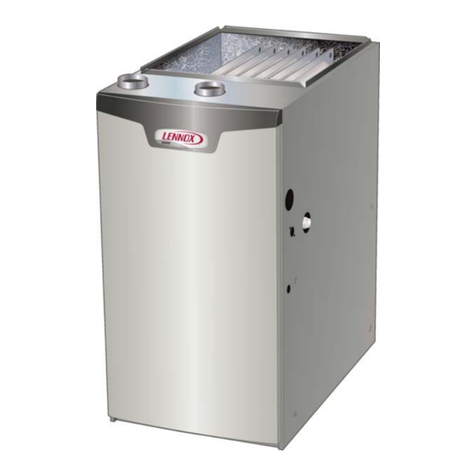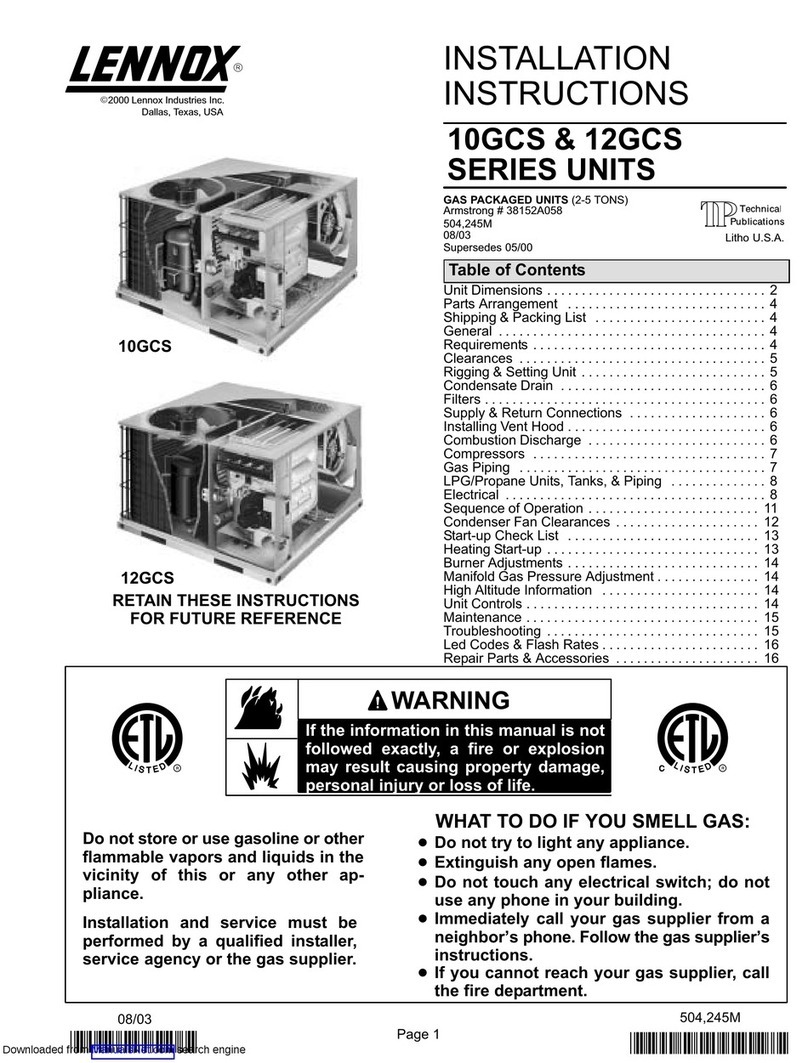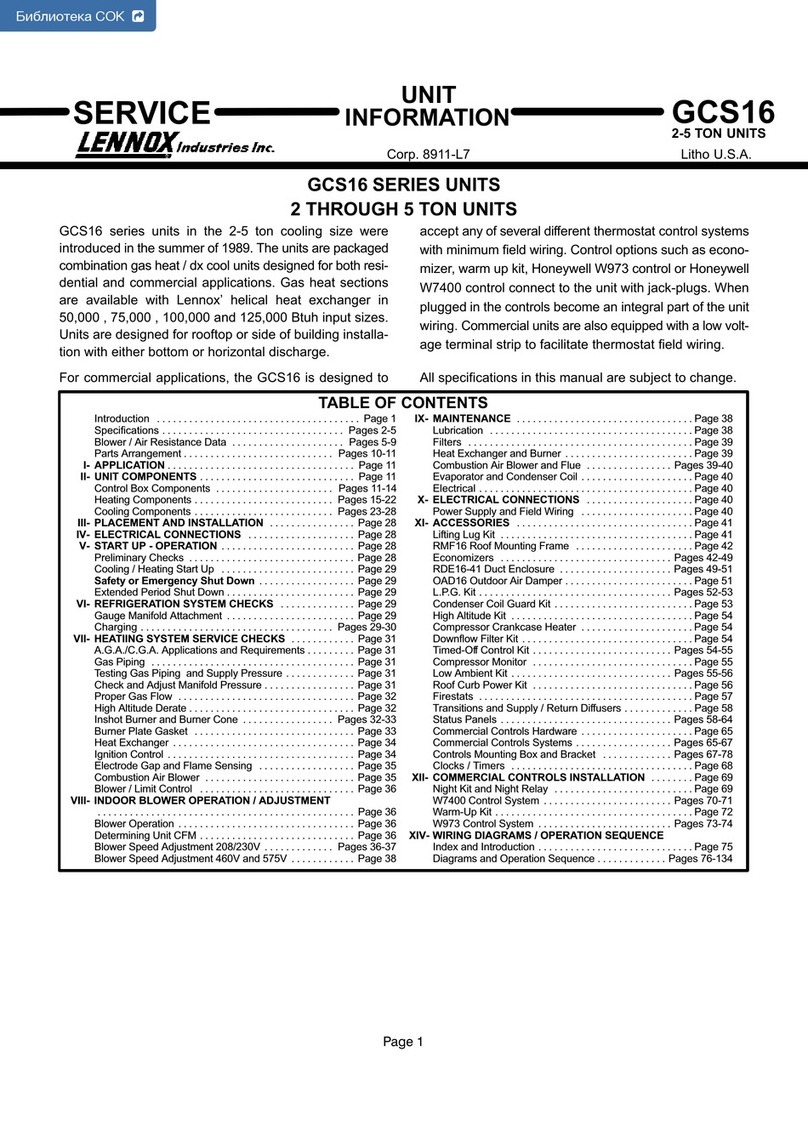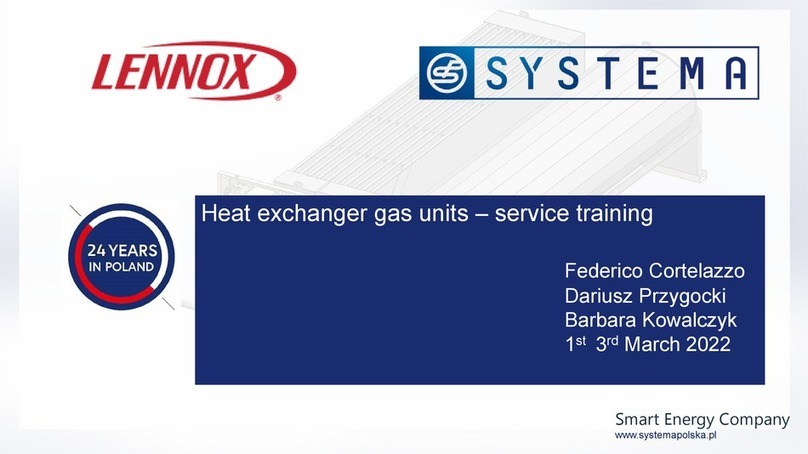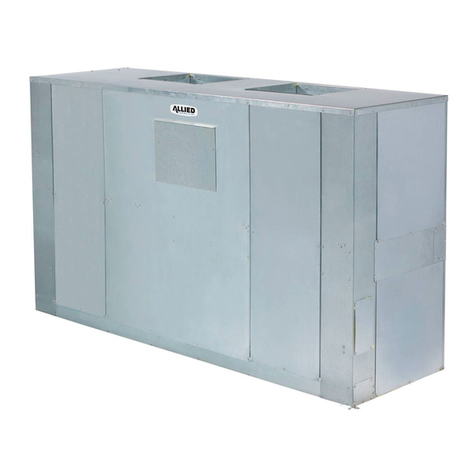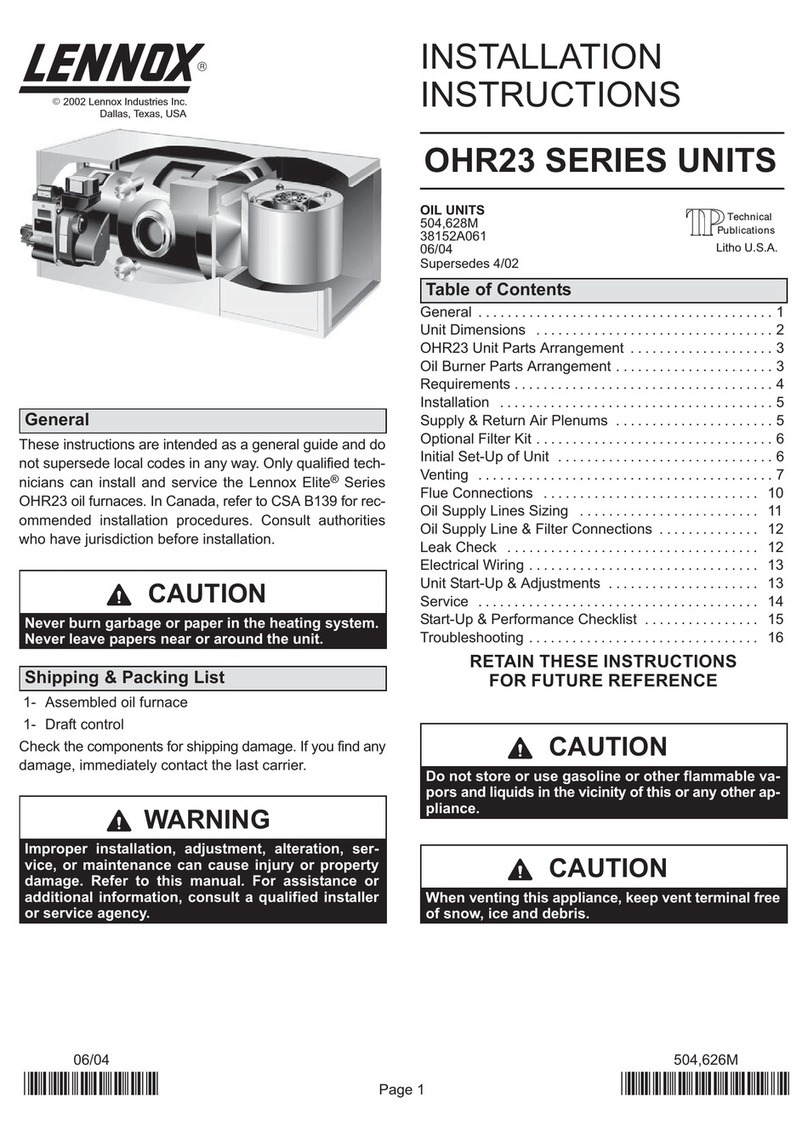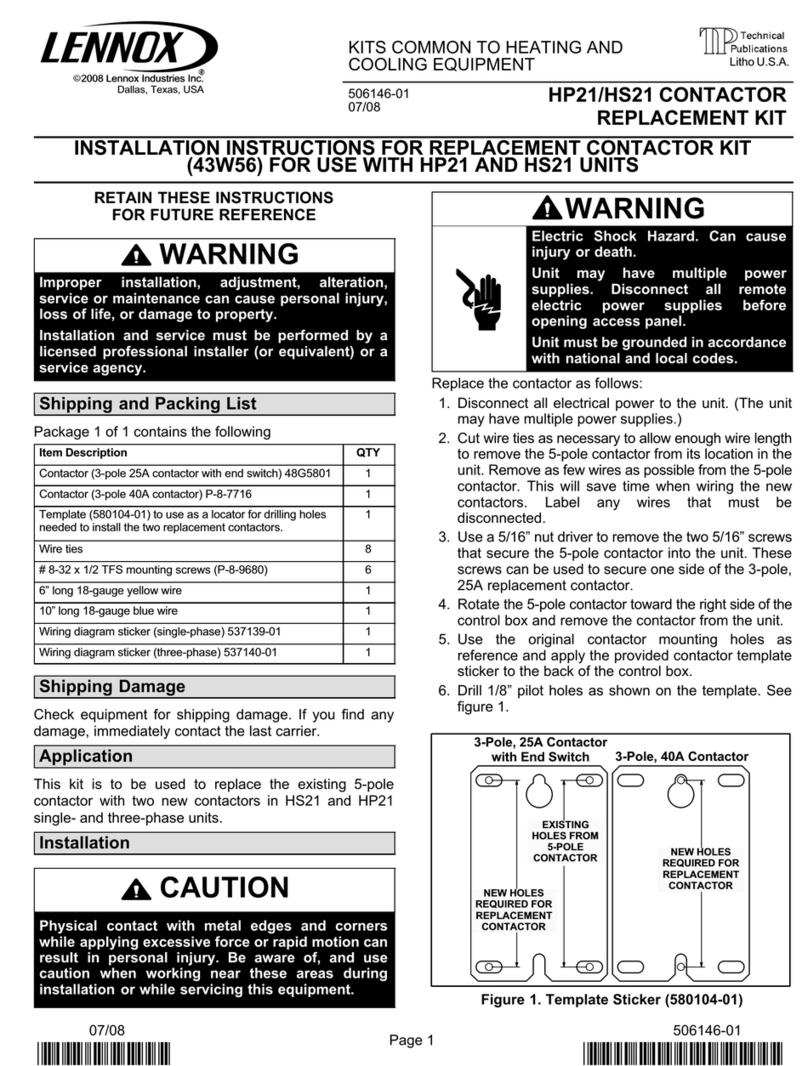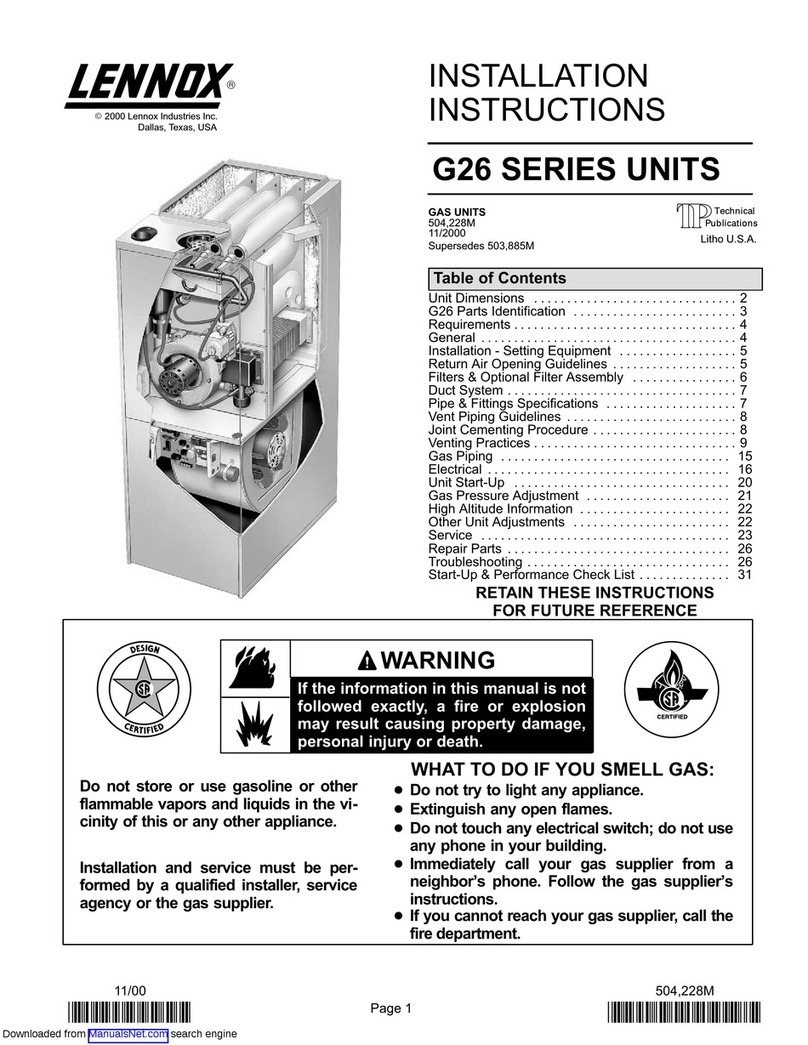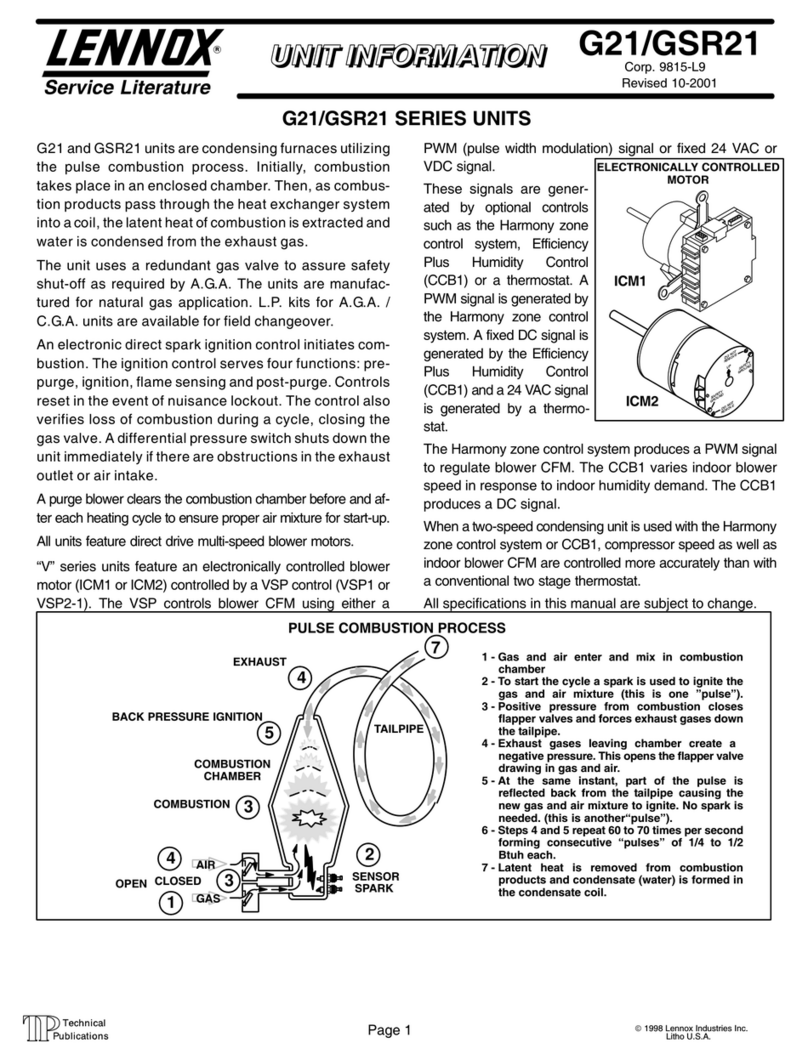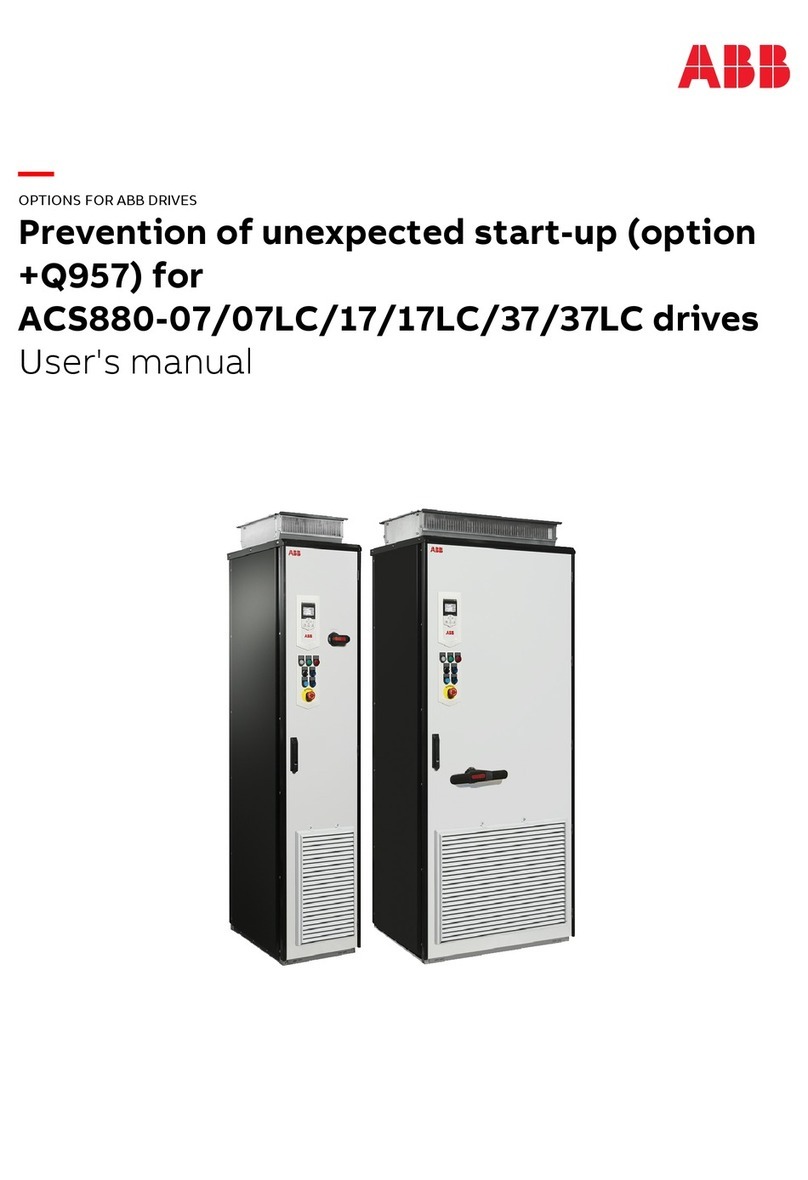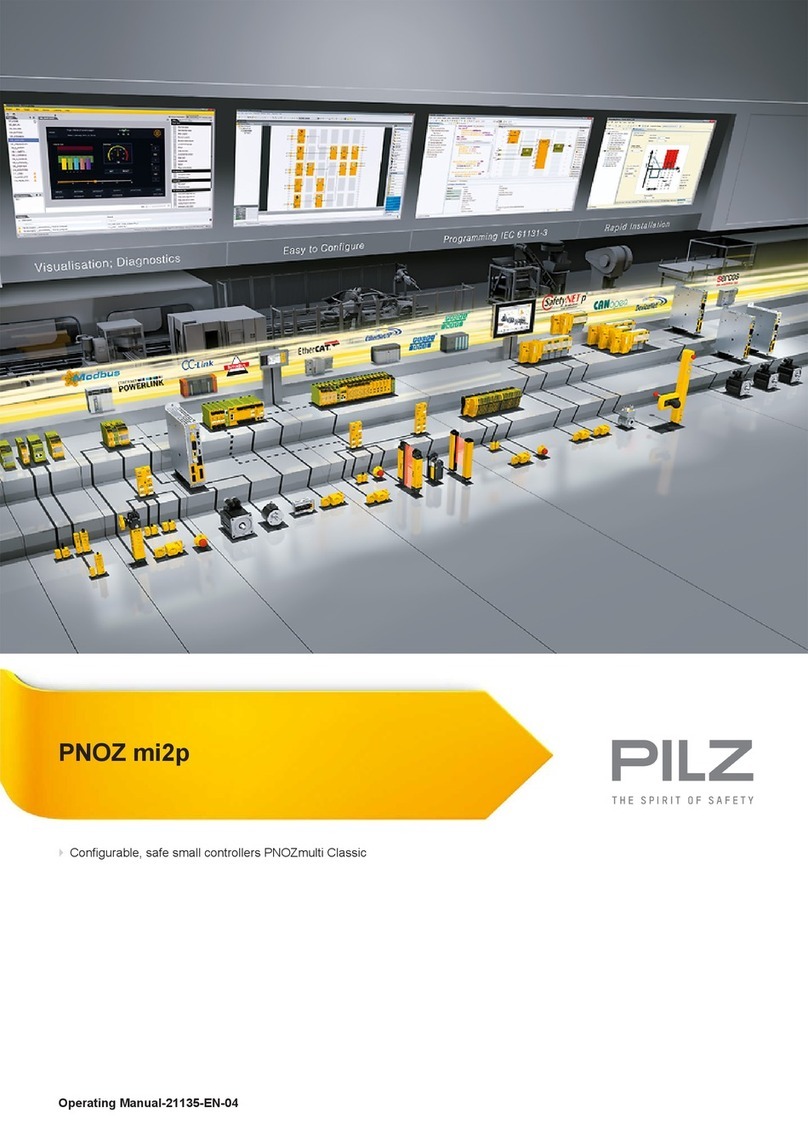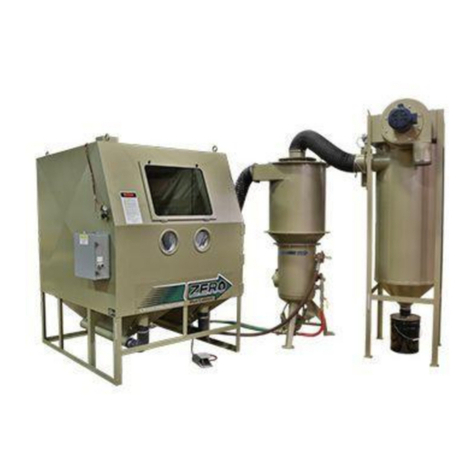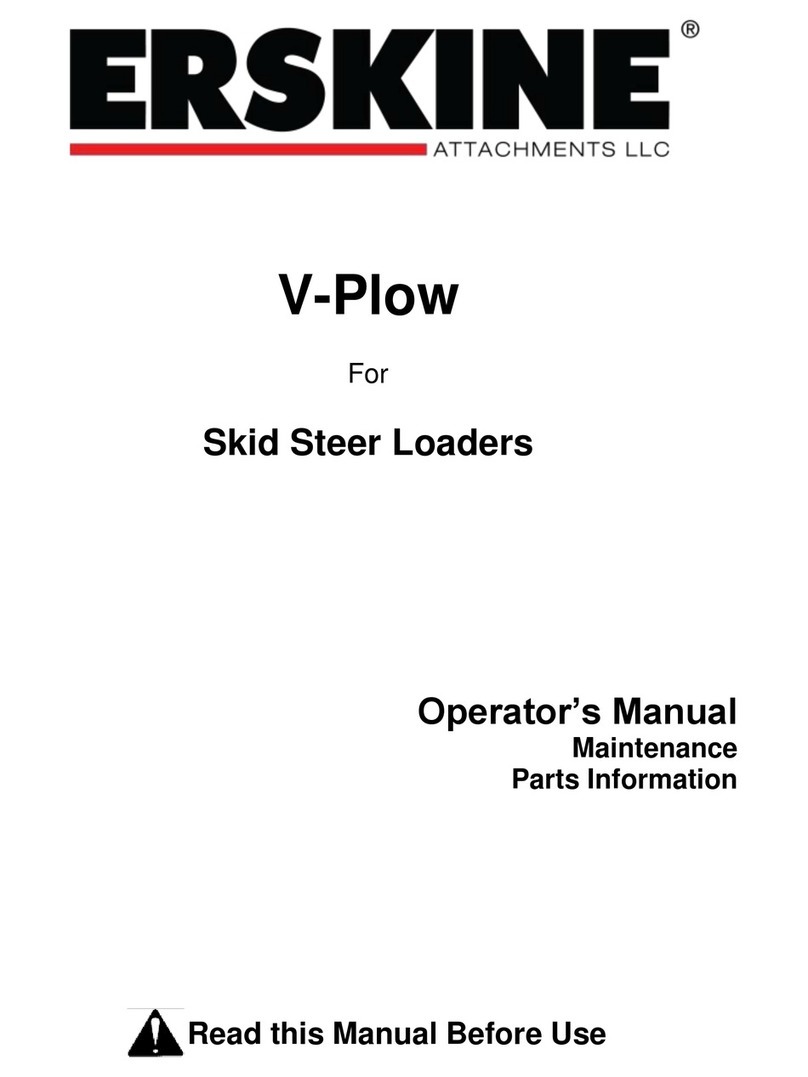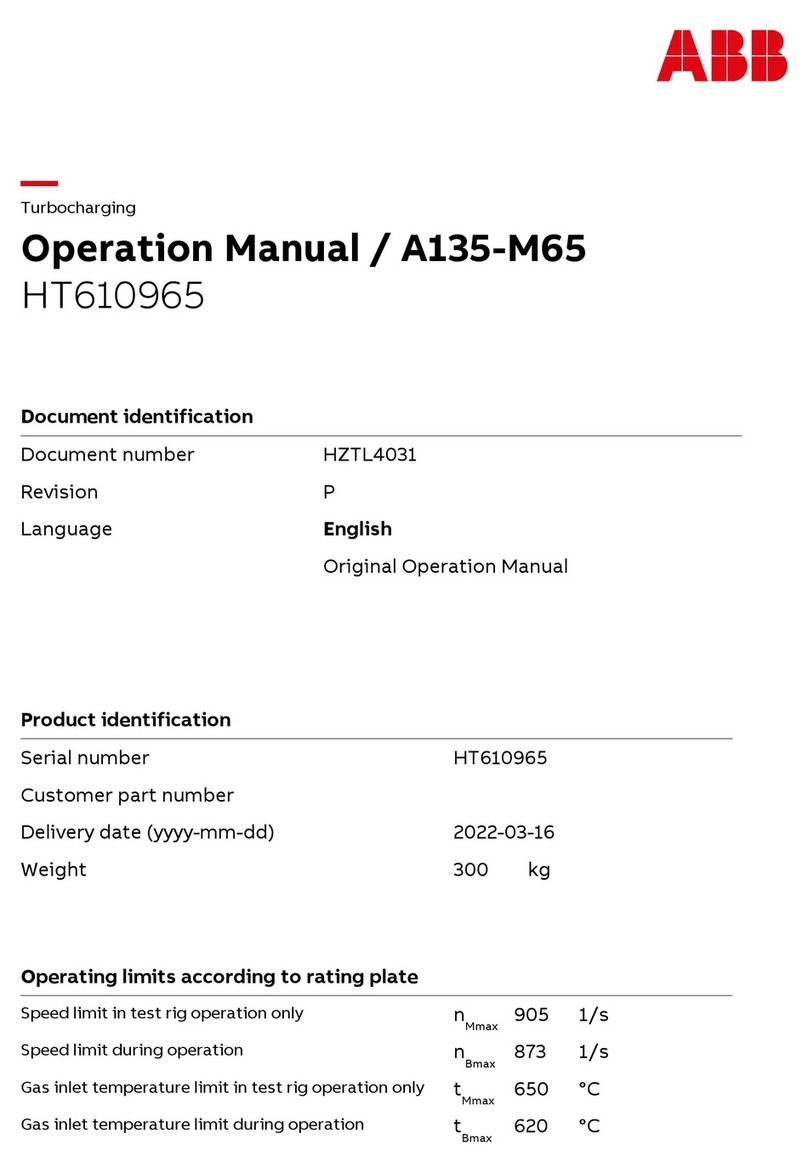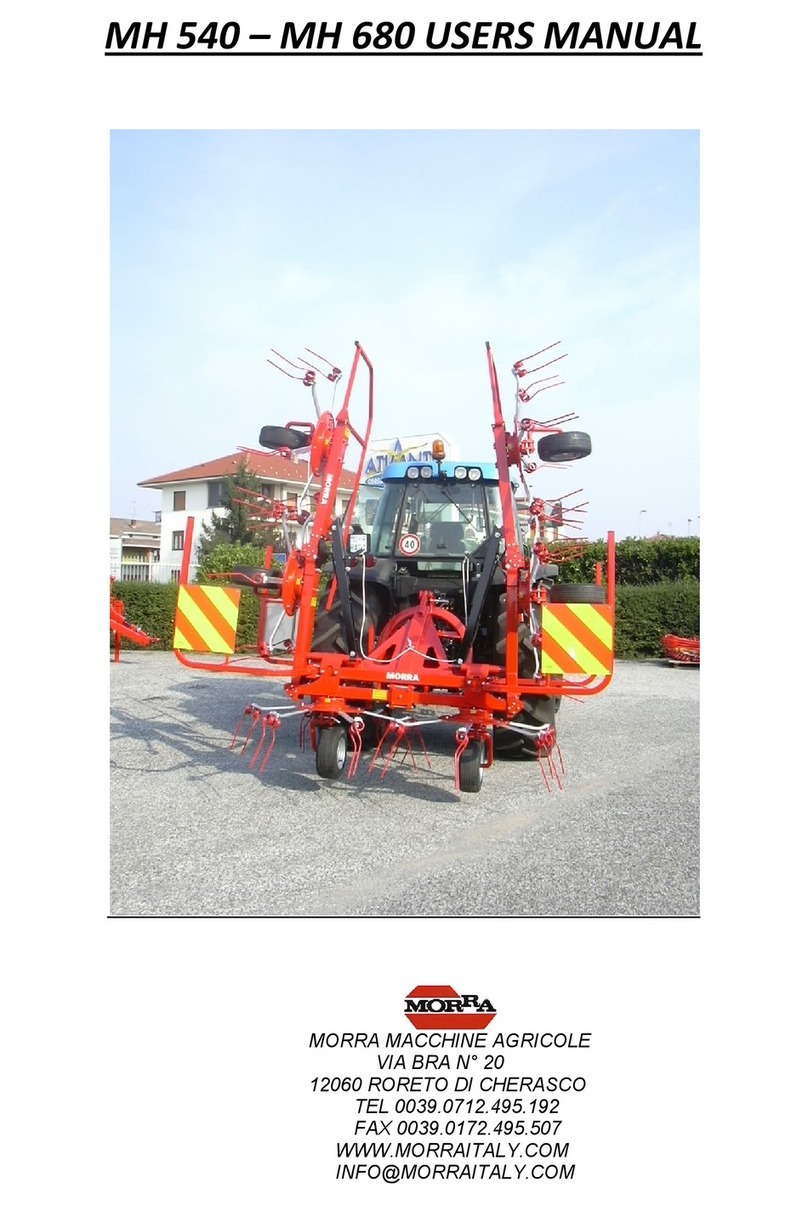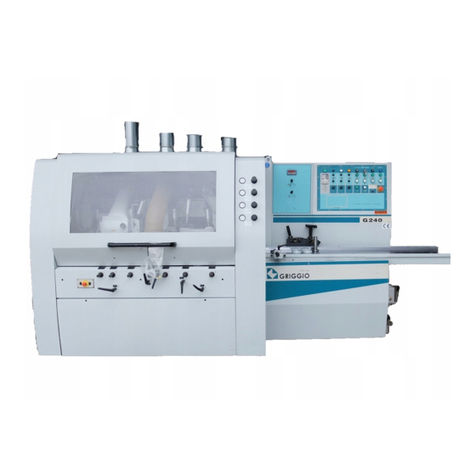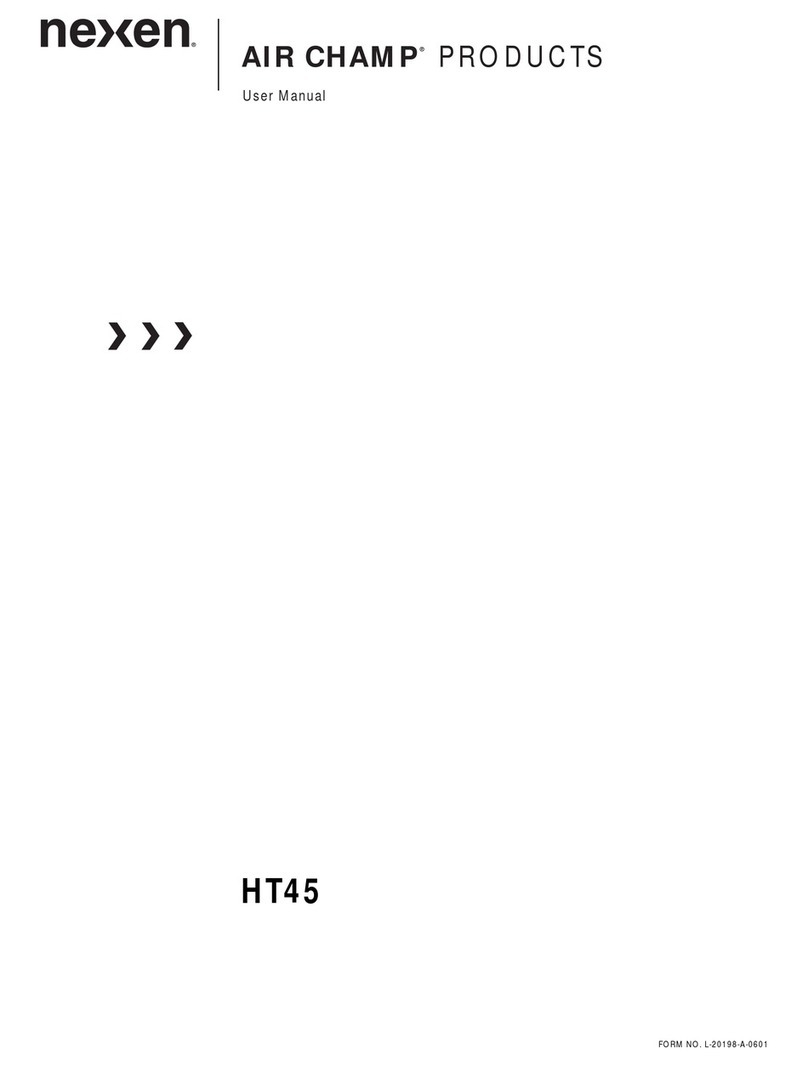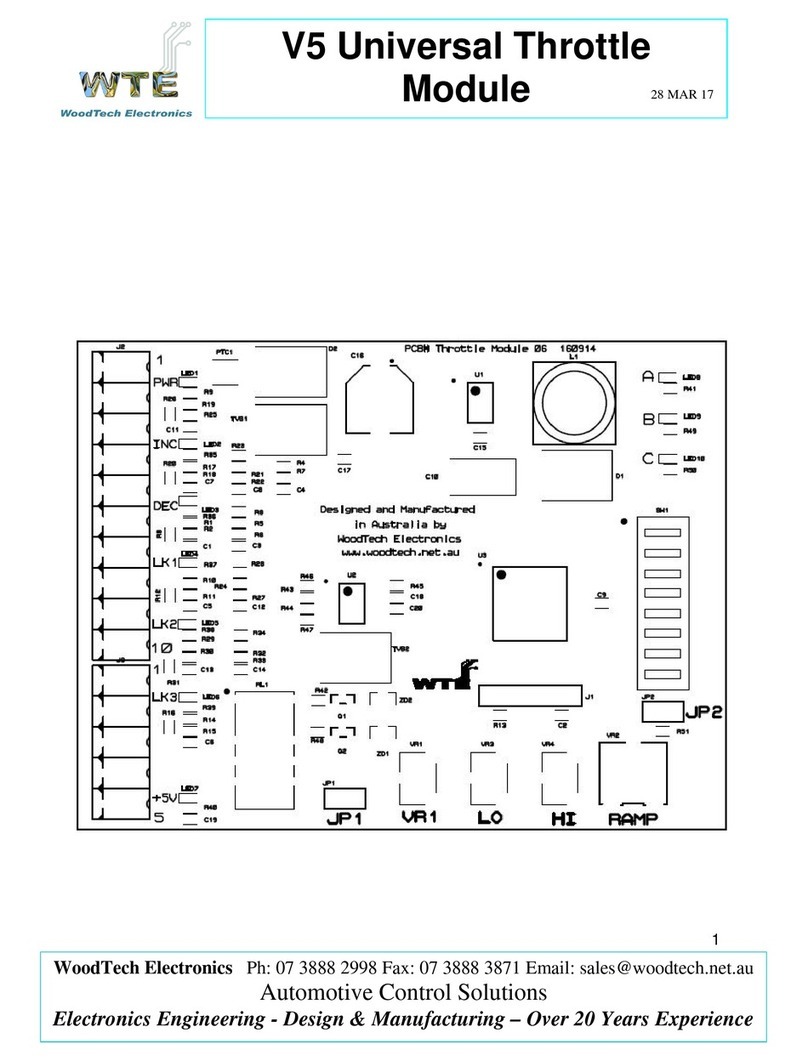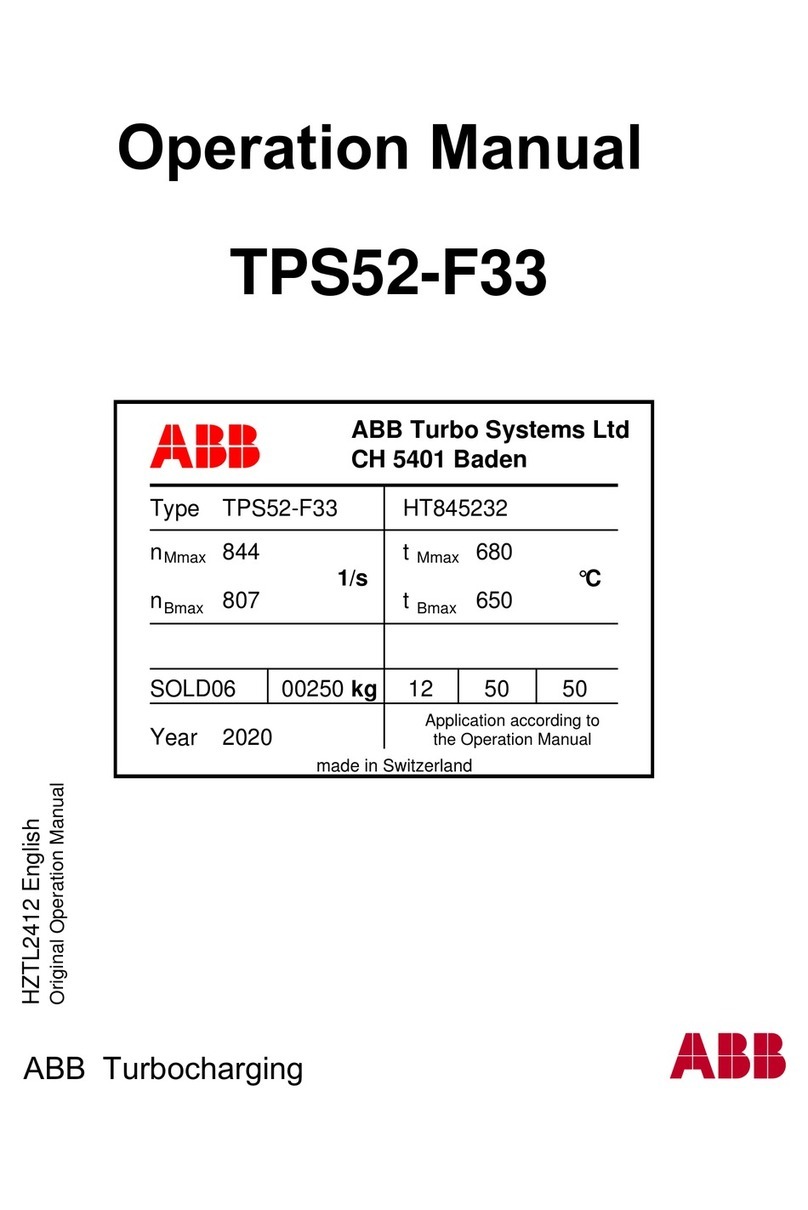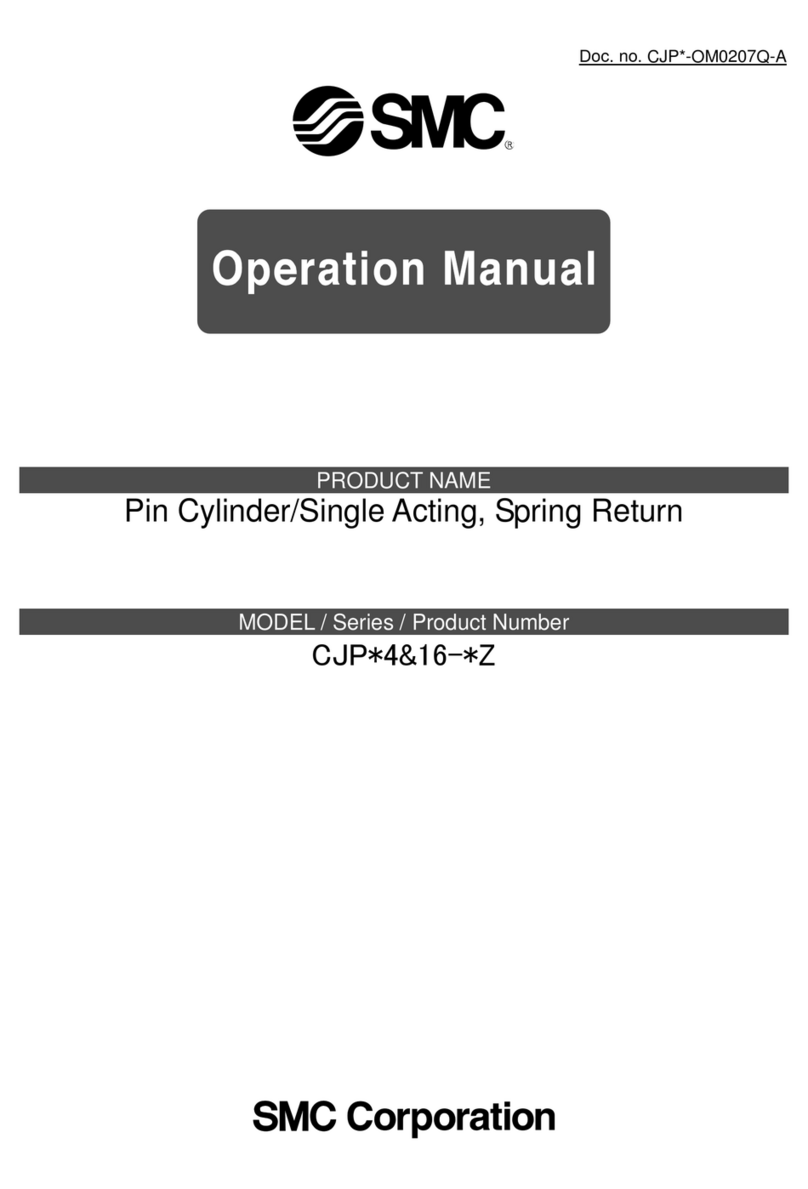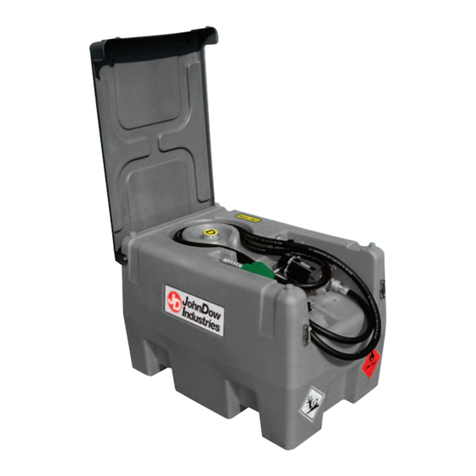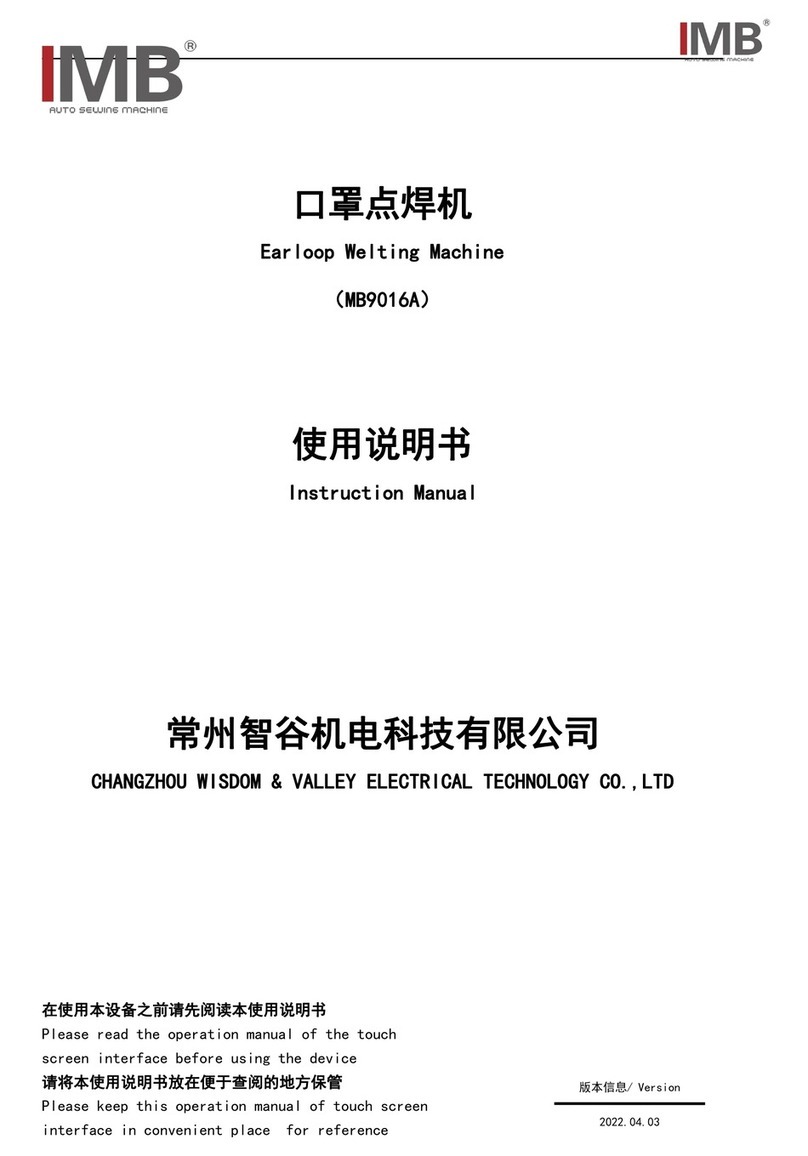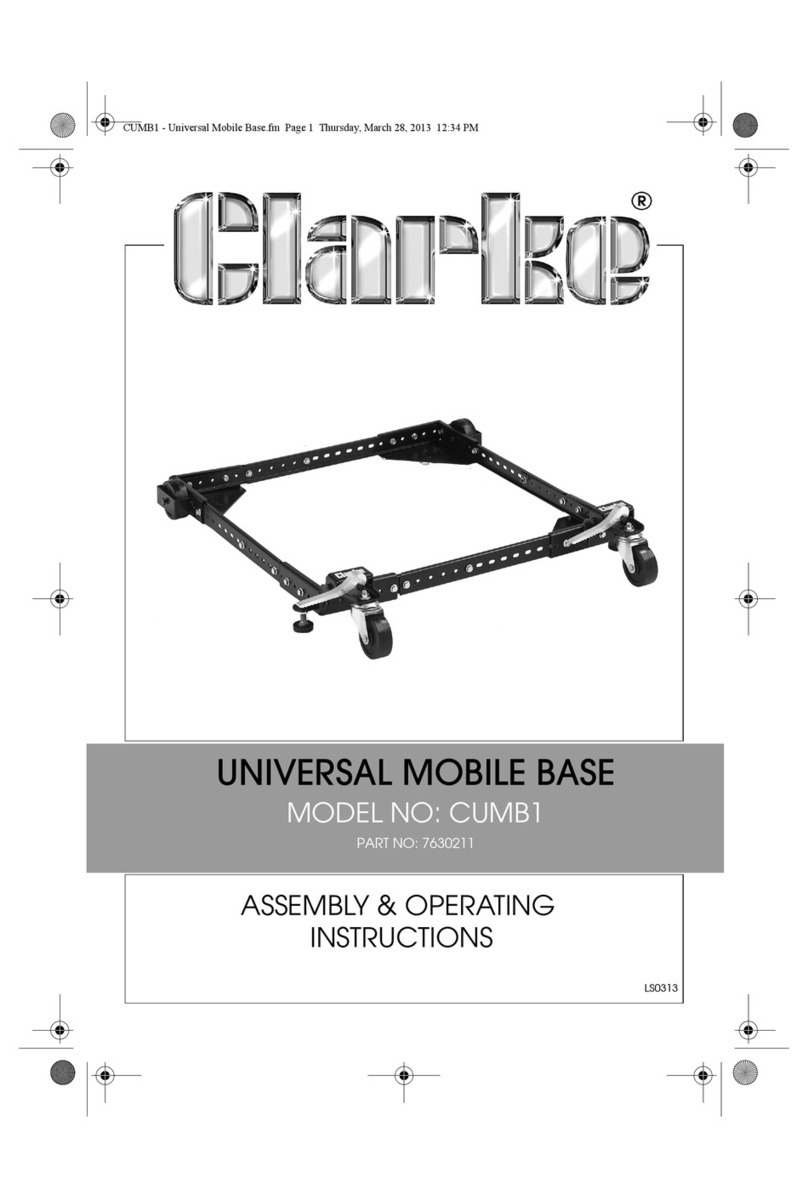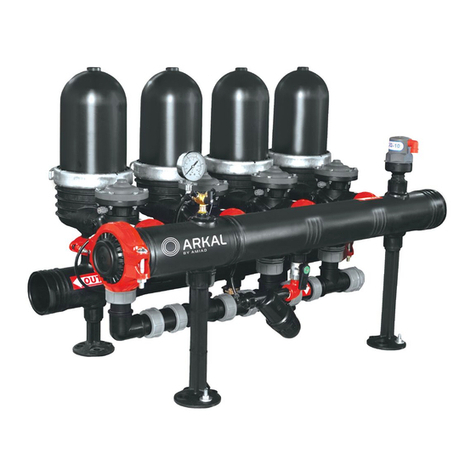
Page 8
Scroll Compressor Operations
The B1 scroll compressor design is simple, efficient and
requires few moving parts. A cutaway diagram of the scroll
compressor is illustrated in Figure 7. The scrolls are
located in the top of the compressor can and the motor is
located just below. The oil level is immediately below the
motor.
SCROLL FORM
Figure 6. Scroll Form
DISCHARGE
SUCTION
Figure 7. Scroll Compressor
WARNING
This product and/or the indoor unit it is matched with may contain
fiberglass wool.
Disturbing the insulation during installation, maintenance, or repair will
expose you to fiberglass wool dust. Breathing this may cause lung
cancer. (Fiberglass wool is known to the State of California to cause
cancer.)
Fiberglass wool may also cause respiratory, skin, and eye irritation.
To reduce exposure to this substance or for further information, consult
material safety data sheets available from address shown below, or
contact your supervisor.
Lennox Industries Inc.
P.O. Box 799900
Dallas, TX 75379−9900
General Information
These instructions are intended as a general guide and do
not supersede local codes in any way. Consult authorities
who have jurisdiction before installation.
Operating Gauge Set and Service Valves
These instructions are intended as a general guide and do
not supersede local codes in any way. Consult authorities
who have jurisdiction before installation.
TORQUE REQUIREMENTS
When servicing or repairing heating, ventilating, and air
conditioning components, ensure the fasteners are
appropriately tightened. Table 1 lists torque values for
fasteners.
IMPORTANT
Only use Allen wrenches of sufficient hardness (50Rc − Rockwell
Harness Scale minimum). Fully insert the wrench into the valve stem
recess.
Service valve stems are factory−torqued (from 9 ft−lbs for small valves,
to 25 ft−lbs for large valves) to prevent refrigerant loss during shipping
and handling. Using an Allen wrench rated at less than 50Rc risks
roundingor breaking off the wrench, or stripping the valve stem recess.
See the Lennox Service and Application Notes #C−08−1 for further
details and information.
IMPORTANT
To prevent stripping of the various caps used, the appropriately sized
wrench should be used and fitted snugly over the cap before tightening.
When servicing or repairing HVAC components, ensure
the fasteners are appropriately tightened. Table 1 provides
torque values for fasteners.
Table 1. Torque Requirements
Parts Recommended Torque
Service valve cap 8 ft.− lb. 11 NM
Sheet metal screws 16 in.− lb. 2 NM
Machine screws #10 28 in.− lb. 3 NM
Compressor bolts 90 in.− lb. 10 NM
Gauge port seal cap 8 ft.− lb. 11 NM
USING MANIFOLD GAUGE SET
When checking the system charge, only use a manifold
gauge set that features low loss anti−blow back fittings.
Manifold gauge set used with HFC−410A refrigerant
systems must be capable of handling the higher system
operating pressures. The gauges should be rated for use
with pressures of 0 − 800 psig on the high side and a low
side of 30" vacuum to 250 psig with dampened speed to
500 psi. Gauge hoses must be rated for use at up to 800
psig of pressure with a 4000 psig burst rating.
OPERATING SERVICE VALVES
The liquid and vapor line service valves are used for
removing refrigerant, flushing, leak testing, evacuating,
checking charge and charging.
Each valve is equipped with a service port which has a
factory−installed valve stem. Figure 8 provides information
on how to access and operating both angle and ball service
valves.
